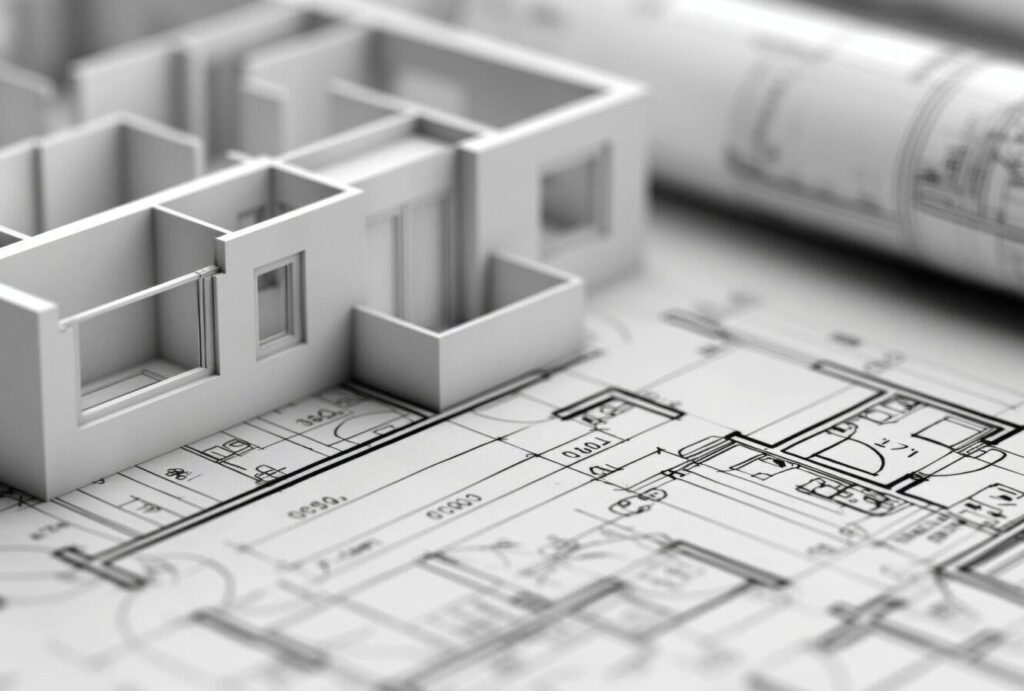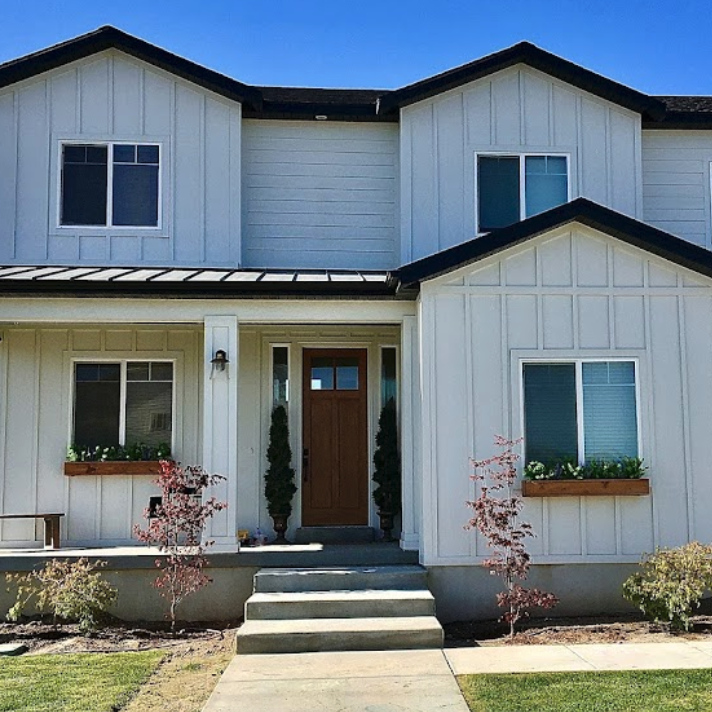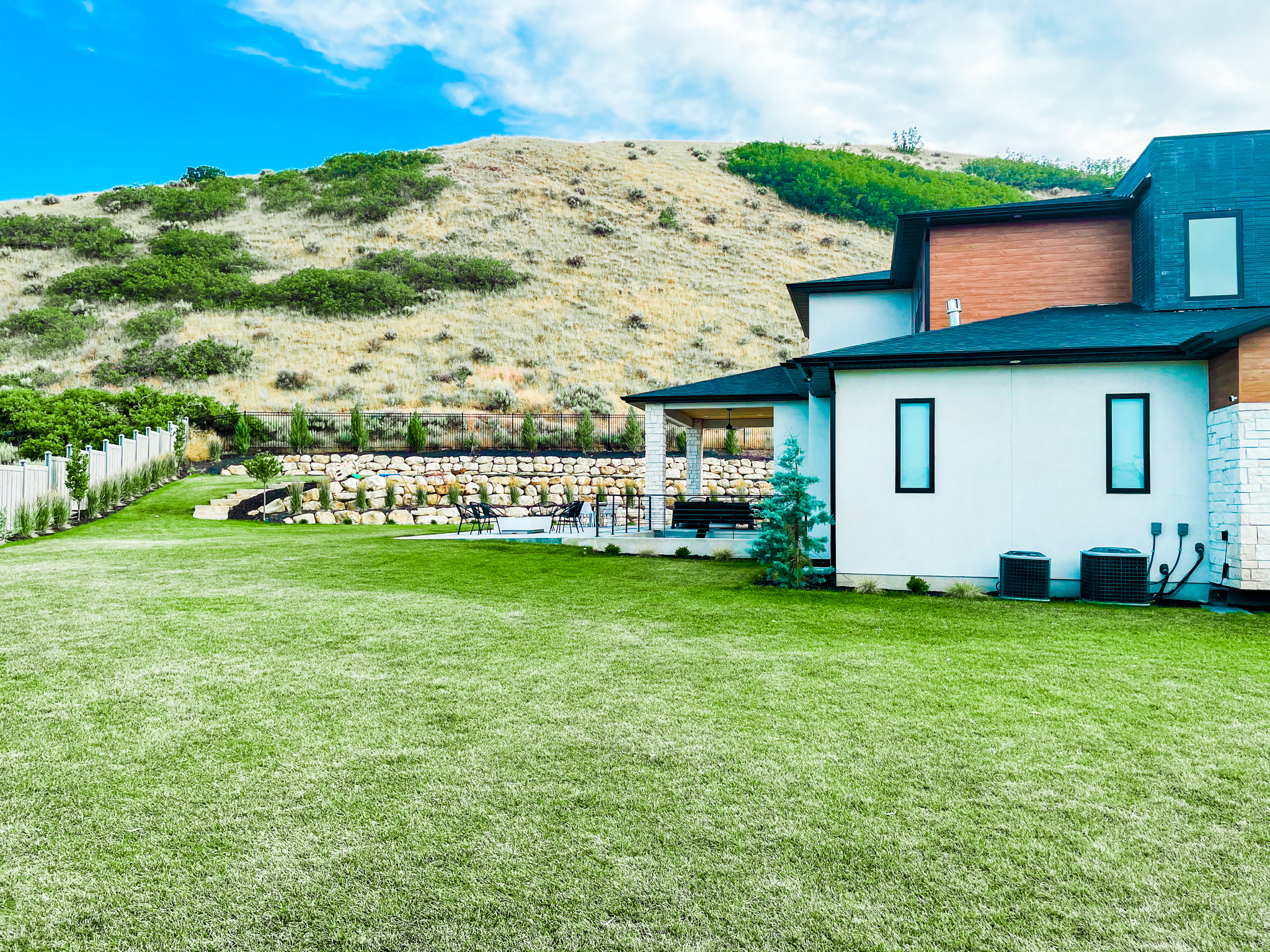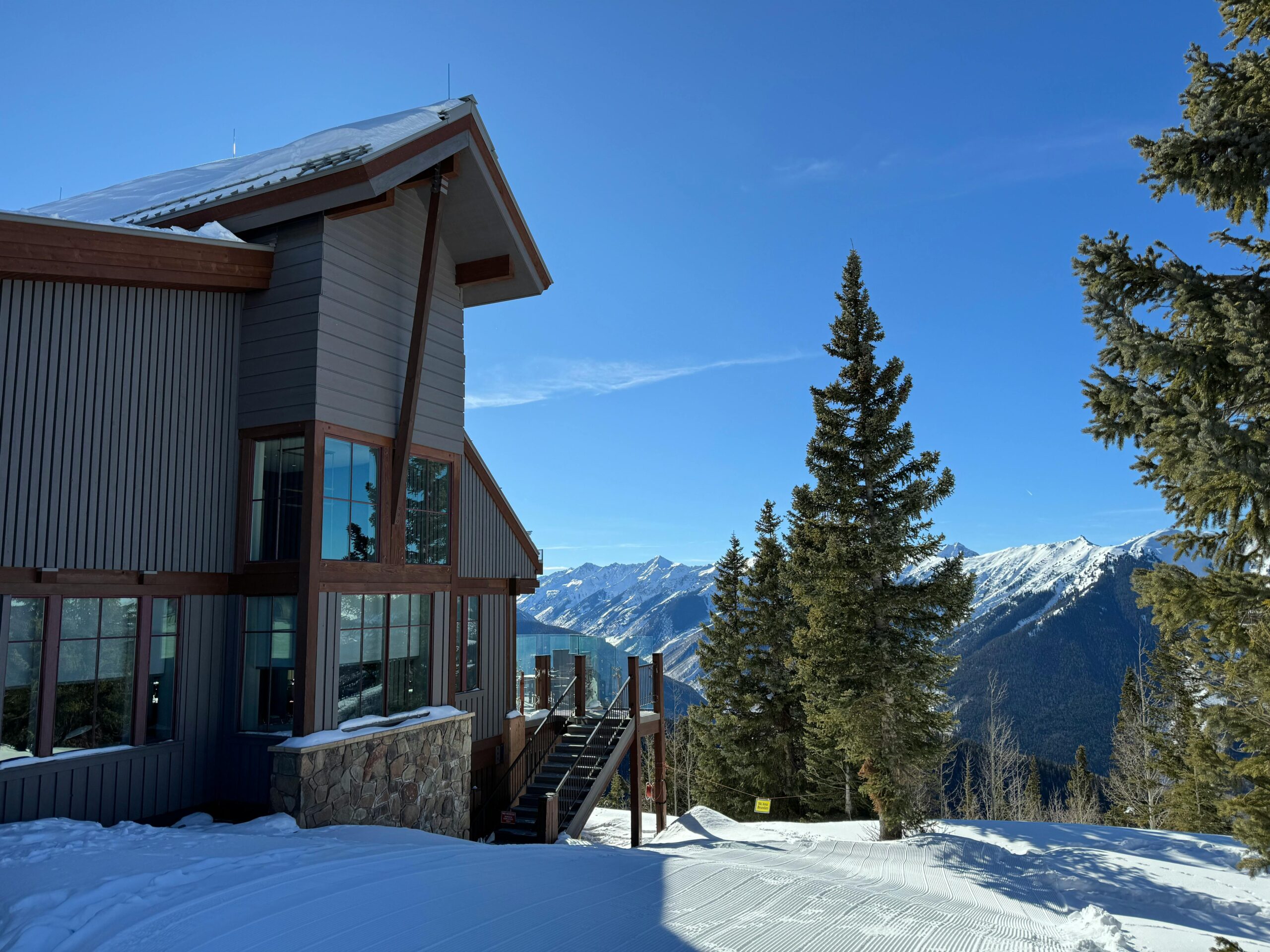Have you ever found yourself admiring a neighbor’s yard, wondering how they created such a harmonious outdoor space? That perfectly balanced mix of plants, hardscaping, and functional areas doesn’t happen by accident. Landscape design is the art of planning and creating outdoor spaces that are both beautiful and functional. The good news? With the right approach, anyone can elevate their yard with a good plan for their next landscaping project.
In this article, we’ll cover three essential tips on how to do landscape design effectively—no matter your experience level. At Roots Builders, we’ve helped countless homeowners transform their outdoor spaces through thoughtful landscape design principles.

Tip 1: Plan Your Landscape Design Before You Dig
Jumping straight into planting or construction without proper planning is a common mistake that can lead to disappointing results and wasted resources. Instead, take time to develop a thoughtful landscaping design plan.
Why Planning is Key in Landscape Design
Start with a comprehensive site assessment:
- Sunlight analysis: Track how light moves across your property throughout different seasons
- Water patterns: Identify areas that remain soggy after rain or are perpetually dry
- Topography: Consider the existing landscape. Note any slopes, low spots, or elevation changes that affect drainage
- Soil testing: Determine your soil type (clay, sandy, loam) and pH level
- Existing features: Document trees, structures, utility lines, and views you want to preserve or hide
At Roots Builders, we recommend beginning every landscape design project with a thorough property assessment. Our design team can help identify opportunities and constraints that might not be immediately obvious to the untrained eye.
Define your landscape goals and priorities:
- How will you use the space? (Entertaining, relaxation, play areas, gardening)
- What’s your maintenance comfort level? (Low-maintenance or high-maintenance)
- What’s your budget for immediate implementation vs. long-term development?
- What aesthetic appeals to you? (Formal, cottage-style, modern, naturalistic)
💡 Pro Tip: Take photos of your yard from multiple angles and during different times of day. These will help you identify problem areas and opportunities you might otherwise miss.
Creating a basic sketch doesn’t require professional skills. Use graph paper to draw your property to scale, noting permanent features like your home, existing trees, property lines, and utility connections. Then use tracing paper overlays to experiment with different designs before finalizing your plan. For more complex projects, Roots Builders offers professional design services that can bring your vision to life with detailed landscape plans.
Tip 2: Choose Plants That Fit Your Design and Climate
Plant selection plays a huge role in successful landscaping design. The right plant creates visual appeal but also ensure your landscape thrives with minimal maintenance.
Creating a Climate-Smart Plant Palette
Climate compatibility is non-negotiable:
- Research your USDA hardiness zone to understand temperature limitations
- Consider microclimates within your yard (areas that may be warmer, cooler, wetter, or drier)
- Select drought-tolerant plants for areas far from water sources
- Choose plants with similar water needs in each planting zone
- Find native plants to get plants that will thrive
- Research specific plant information at the USDA PLANTS Database or Plants of the World Online.
Roots Builders specializes in climate-appropriate plant selection, ensuring that your landscape not only looks beautiful but also remains resilient through changing seasons and weather patterns.

Design principle: Build visual interest through diversity
- Textures: Combine fine-textured plants (ornamental grasses, ferns) with bold-textured ones (large-leaved shrubs)
- Heights: Layer plants from ground covers to mid-height perennials to shrubs and trees
- Colors: Consider seasonal color changes—aim for at least three seasons of interest
- Forms: Mix spreading, upright, weeping, and rounded plant shapes
Consider the functions you want your garden to have:
- Privacy screening needs
- Shade requirements
- Erosion control for slopes
- Wildlife support (pollinators, birds)
- Edible options if desired
- Fragrance near seating areas
- Problem-solving plants (e.g., deer resistance, salt tolerance)
Plant Arrangement Strategies
- Create plant groupings – Arrange plants in odd-numbered clusters (3, 5, 7) rather than singles for greater visual impact
- Repetition builds cohesion – Use the same plant type in different areas to create visual flow
- Consider maintenance zones – Group plants with similar care needs together
- Plan for growth – Account for mature plant sizes to avoid overcrowding
The landscape designers at Roots Builders can help you create plant arrangements that balance aesthetic appeal with practical considerations, ensuring your garden remains beautiful as it matures.

Tip 3: Use Structure and Flow to Pull Everything Together
Landscaping design isn’t just about plants—it’s about how everything flows together. Creating a cohesive space requires attention to organization, movement, and focal points.
Defining Zones and Creating Flow
The psychology of space division:
- People naturally respond to clearly defined spaces
- Well-designed zones make even small yards feel more spacious
- Each area should have a clear purpose and identity
Types of landscape zones to consider:
- Arrival/entry areas
- Outdoor dining spaces
- Cooking/grilling stations
- Meditation gardens
- Play spaces
- Shade gardens
- Utility areas (compost, storage, etc.)
Work with Roots Builders professional landscape designer to create outdoor living spaces that seamlessly integrate with your home and lifestyle. Our team can help you maximize even the smallest yard by thoughtfully defining purpose-driven zones.
Pathway Design and Movement
How we move through spaces significantly impacts our experience. Well-designed pathways should:
Serve practical purposes:
- Connect high-traffic areas directly
- Be wide enough for comfortable passage (min. 3 feet for primary paths)
- Consider accessibility needs
- Provide stable footing in all weather conditions
Enhance the sensory experience:
- Guide visitors past fragrant plants or focal points
- Create moments of discovery with curves or corners
- Vary path width to create rhythm (wider in gathering spaces, narrower in transition areas)
- Use materials that complement your home’s architecture
Incorporating Hardscape Elements
| Hardscape Element | Design Considerations | Functional Benefits |
| Patios | Material should complement home; size based on furniture needs | Creates stable surface for outdoor living |
| Retaining Wall | Can be straight or curved; consider material texture | Controls erosion, creates level planting areas |
| Water Features | Scale to yard size; consider sound and movement | Adds sensory element, attracts wildlife |
| Garden Structures | Pergolas, arbors, trellises add vertical interest | Provides support for climbing vines, creates shade |
| Boulders & Rocks | Use odd numbers; bury 1/3 for natural look | Adds permanent structure, creates microhabitats |
Lighting Transforms Your Landscape
Strategic lighting extends usability and highlights key features:
- Path lighting guides movement and ensures safety
- Uplighting on trees creates dramatic nighttime focal points
- Task lighting in cooking and dining areas enables evening use
- Ambient lighting creates mood and atmosphere
- Security lighting deters unwanted visitors
💡 Pro Tip: Layer different types of lighting for flexibility. Put key lighting zones on separate switches or use smart lighting systems to create different scenes for different occasions.
Bring Your Landscaping Design to Life
Creating a beautiful landscape doesn’t happen overnight. The best landscapes evolve over time, with planning, plant selection, and structural elements forming the foundation of great landscape design.
Implementation Strategy
Phase your implementation:
- Start with infrastructure (drainage, irrigation, hardscaping)
- Add large structural plants (trees, large shrubs)
- Fill in with smaller plants over time
- Fine-tune with seasonal color and accessories
Roots Builders can help you develop a phased implementation plan that fits your budget while working toward your long-term landscape vision.
Common landscaping design mistakes to avoid:
- ❌ Scattered, single-specimen planting
- ❌ Choosing plants that will outgrow their space
- ❌ Ignoring maintenance requirements
- ❌ Failing to consider all seasons
- ❌ Overdoing decorative elements
Remember that the most successful landscapes reflect the personalities and needs of the people who use them. Stay true to your vision while remaining flexible enough to learn and adapt as your garden grows. With these design ideas in hand, you’re well on your way to creating an outdoor space that brings joy for years to come.
Need help with your landscape design? Consider consulting with the professionals at Roots Builders for guidance on bringing your vision to life. Our team of experienced landscape designers and installation specialists can help with everything from initial concept to final implementation. Contact Roots Builders today to schedule a consultation and take the first step toward your dream landscape!


